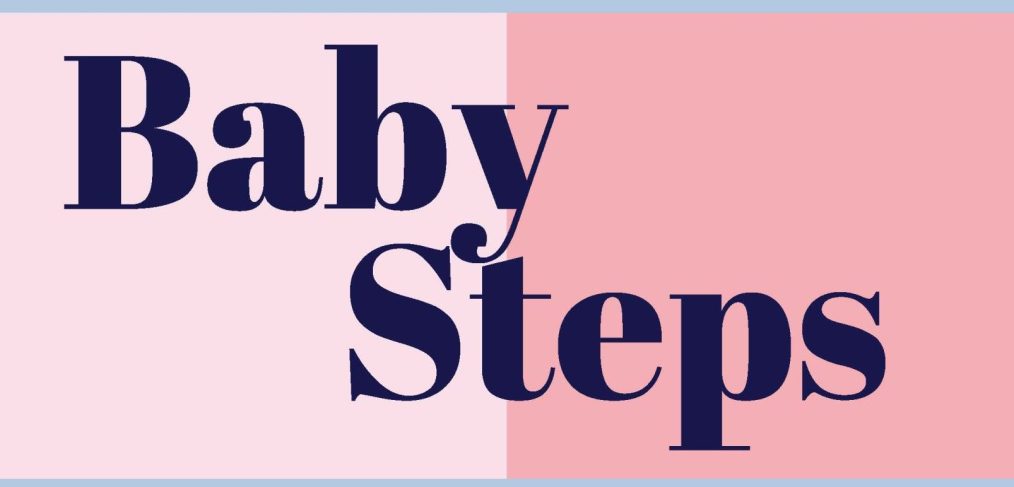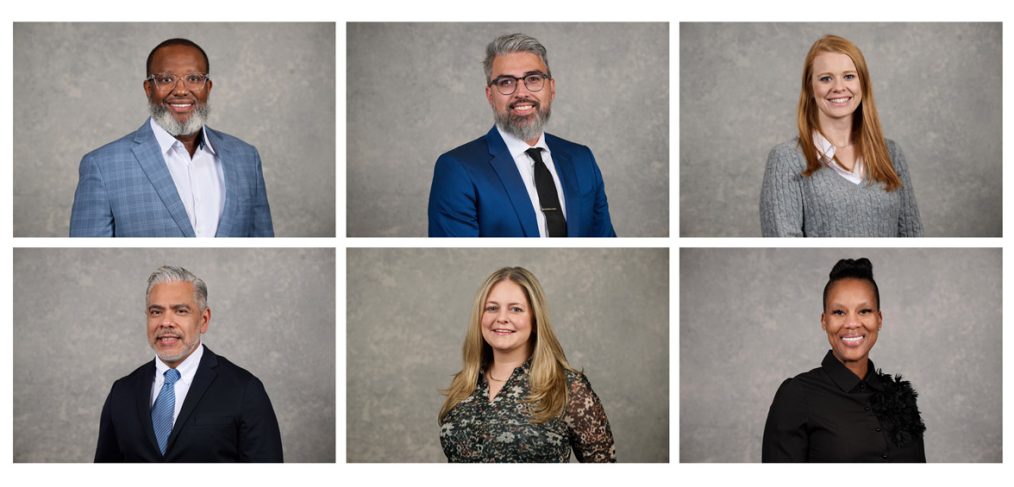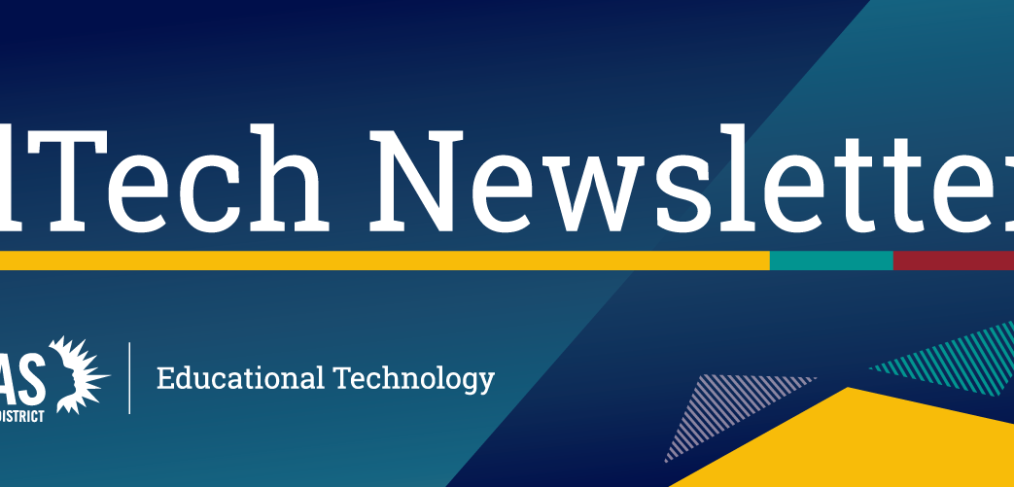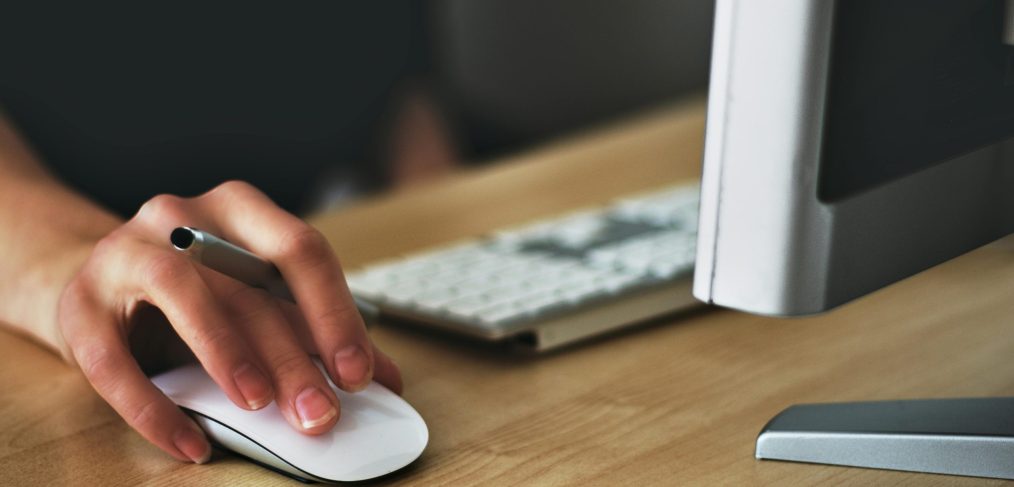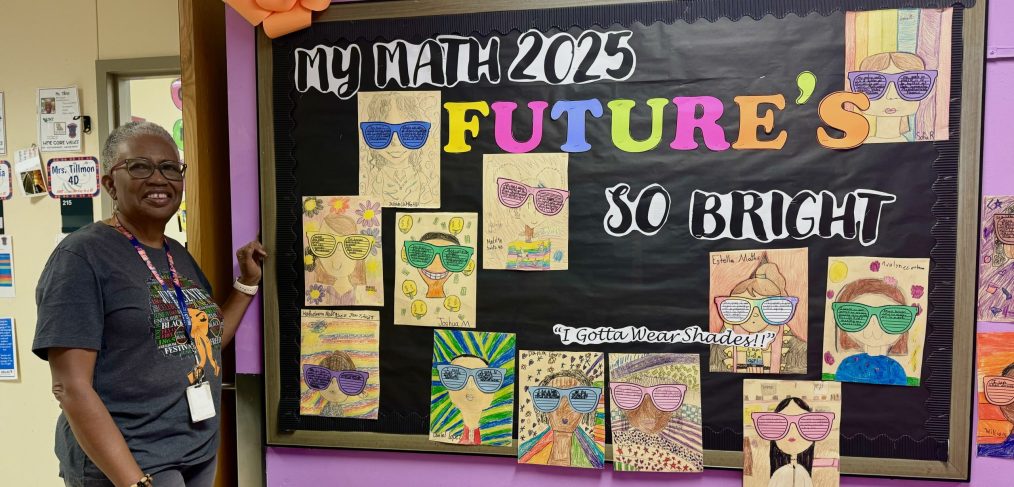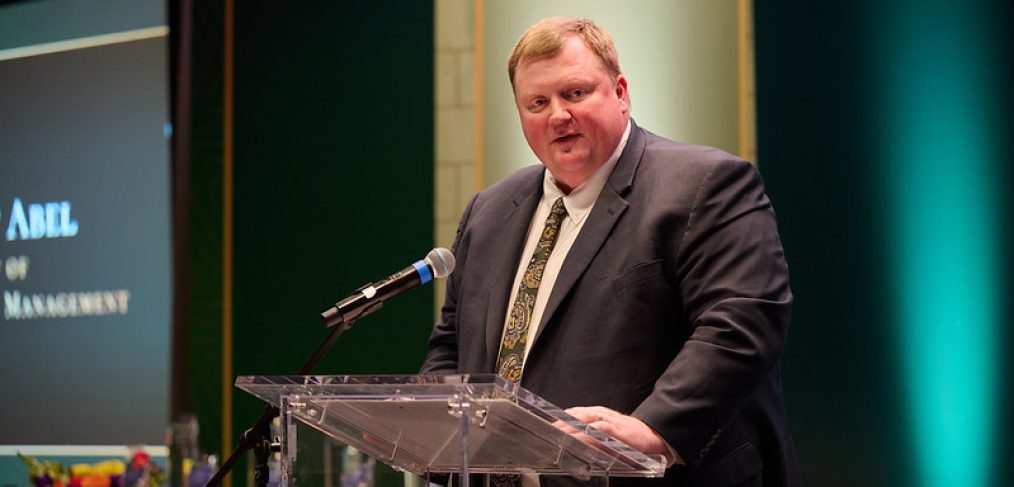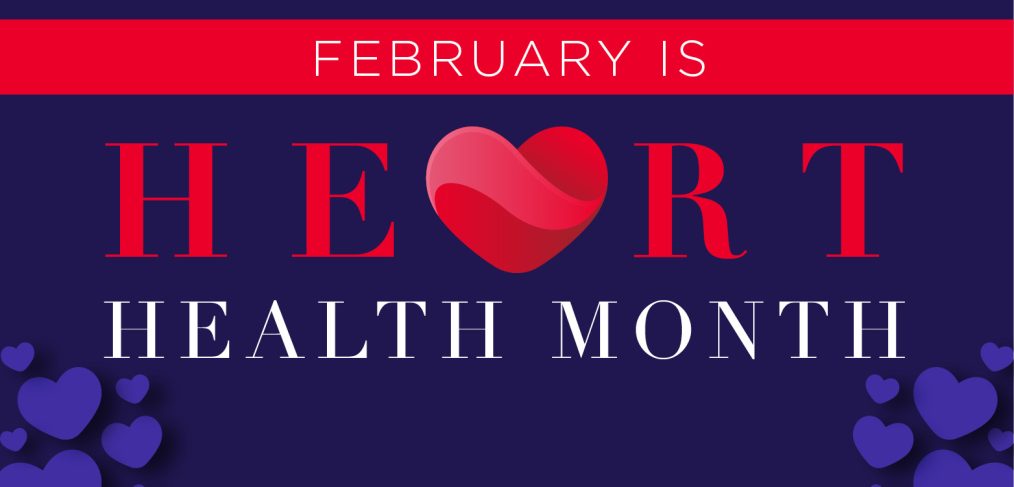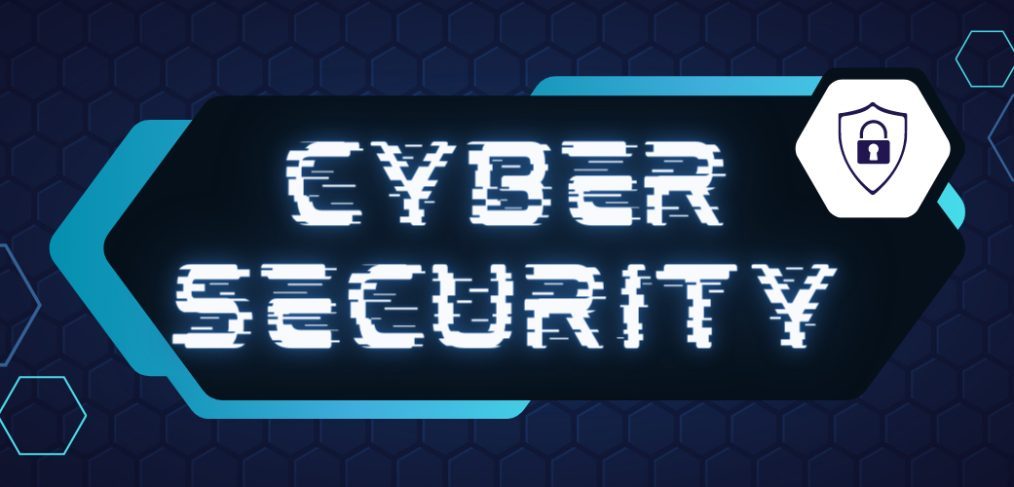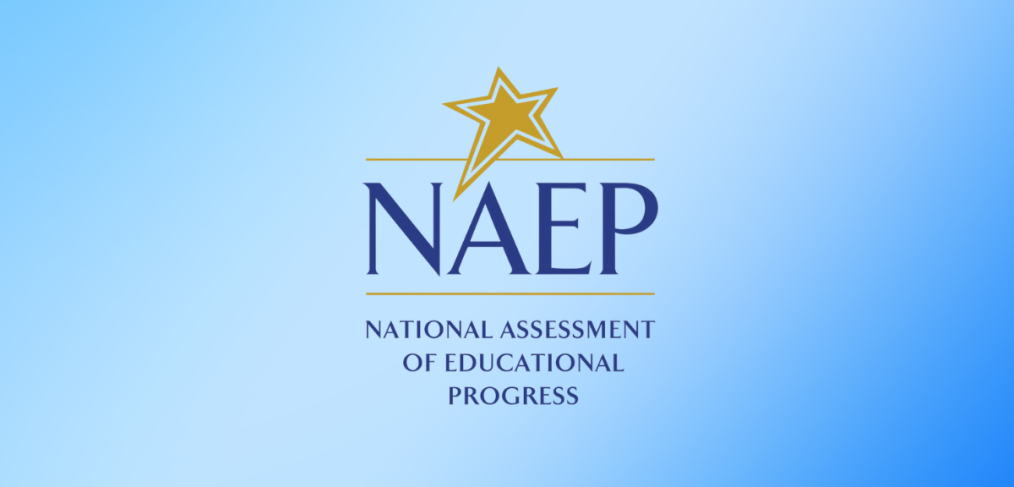In honor of Black History Month, Dallas ISD is celebrating the achievements of team members throughout the district who are making notable contributions to the schools and the community.
Beverly Tillmon, elementary math teacher at Personalized Learning Preparatory at Highland Meadows Elementary, represents the best of what it means to be an educator. Recently selected as the school’s 2024-2025 Campus Teacher of the Year, her leadership, guidance and 55 years of experience have rewarded Tillmon with the unofficial title of matriarch at the campus.
Tillmon stepped into this year confidently after spending time out of the classroom to provide guidance as a math instructional coach. She admitted that although she knew this year would feel different, it has been easy.
The key to being a great math teacher, Tillmon says, is to “stay ahead of the game, always prepared for what is to come well before bumps in the road appear for students.” This has given her longevity and has made what she says can feel like teaching a new language, fun and rewarding.
Tillmon believes in preparing her students to be self-sufficient academically and socially, and said, “students will do what you ask them to do if they know what you are talking about.”
Tillmon’s impact on not only her students but also other teachers at her school is evident. Highland Meadows is also home to two Teachers of Promise, a recognition reserved for exceptional teachers within their first three years of teaching. When asked to give advice to the next generation of educators in the district, Tillmon was quick to answer that “she hopes to encourage them.”
“Your classroom isn’t built in a day or a year,” she said. “It takes time to learn yourself, to learn your craft, to learn your classroom, and to learn how to manage your time and outside tasks. It takes time to filter through the information and duties of being a teacher and to find what works for you.”
Tillmon spoke highly of her school and teachers, including 2022-2023 Teacher of Promise Nazira Sahial, a third-year kindergarten teacher who Tillmon has taken under her wing, commending her for the way she stays attuned to students and her ability to keep a calm and efficient classroom.
Sahial for her part credits her success as a teacher this far to Tillmon and spoke of her admiration for the Campus Teacher of the Year, who she described as her rock.
“She made space for me,” Sahial said. “She was there for me to keep my head up and keep going.”
Tillmon said she loves to work hard and finds solace in committing to her passion for education but also believes in rest and wellness. Despite her continued dedication to the craft, she finds comfort in her family and her faith, finding daily relief in these personal commitments. She credits her success to preparation, which allows her to remain grounded throughout the day, always keen to filter through what is most important for the success of her classroom.
Tillmon said that when her husband asks her, “How was your day?” she quickly replies, “It was a good day. That’s all I have are good days.”

